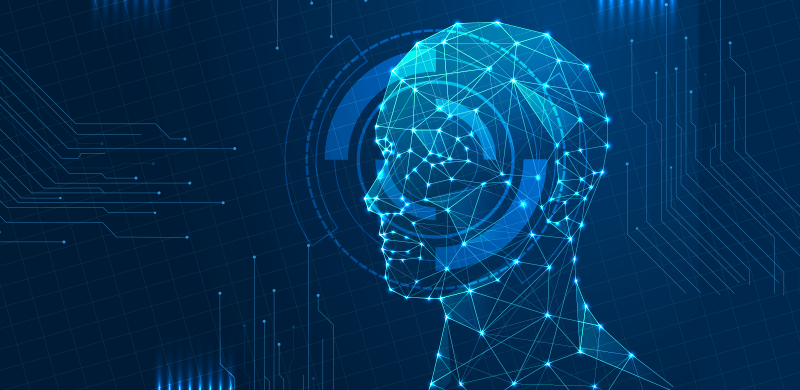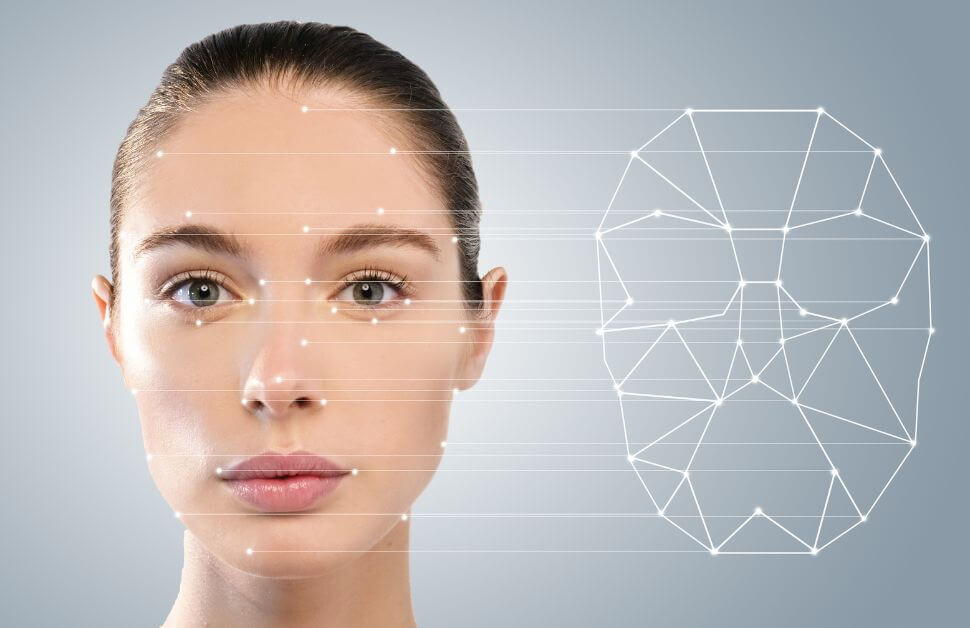Face recognition technology, let’s face it, is here to stay, and those with a stake in the game are seeking for methods to use it effectively and responsibly.
The Google X labs reported a world-shattering breakthrough in 2012: their artificial intelligence models had learned to correctly identify cats on YouTube. These models might learn new abilities after studying just a few thousand YouTube thumbnails. It was a prime example of how far AI models have progressed.
They weren’t, however, starting from scratch. This advancement in feline facial recognition was founded on decades of past progress toward another aim. The search for the correct identification of human faces, both their existence in a frame and the unique individual to which they belong, was already well advanced. Over the last decade, AI technology has grown in processing capacity, allowing it to ingest massive volumes of data in a short period of time.
This, paired with highly complex visual information databases, has enabled facial recognition to progress from identifying a species, such as a cat, to identifying the smallest detail in a person’s appearance.
What Is Facial Recognition Technology?
Facial recognition is a technique for identifying or verifying your identification by utilizing your face. People can be identified using facial recognition algorithms in pictures, films, or in real time.
Historically, facial recognition worked similarly to other forms of “biometric” identification, such as voice recognition, eye irises, or fingerprint identification. For example, fingerprint data is collected and processed for identifying markers. A newly discovered fingerprint can then be compared to this database for matching markers.
The same is true for facial recognition. A computer analyzes visual data and searches for a specific set of markers inside it, such as a person’s head shape or the depth of their eye sockets.

A facial marker database is generated, and an image of a face that has a crucial threshold of resemblance with a face in the database suggests a possible match. This is the fundamental idea underlying all forms of facial recognition, from unlocking your iPhone by scanning your face to identifying known shoplifters as they approach a store.
One of the most commonly touted benefits of facial recognition is its capacity to identify criminals, increase security, and save unnecessary labor and human interaction. Facial recognition has been used in medical applications on occasion. Law enforcement utilizes facial recognition to find missing people by comparing faces captured on camera feeds to those on watch lists, as well as to identify offenders who lack any other form of identification.
So, if you need to start using face comparison APIs that are exact and operate flawlessly, we have created this list for you. Begin using them right away!
Face Comparison Validator API
Use the Face Comparison API to see if a person looks the same in two photos. The device’s artificial intelligence might compare the two photos to verify if they indeed reflect the same person. Everything else will be handled by the AI; the API simply requires the Base64 or image URLs. The resultMessage and similarPercent are more understandable outputs.
You could use this API to set up a face verification checkpoint at work. This API is especially useful if you wish to compare images with various IDs. The resultMessage and similarPercent are more understandable outputs. You could use this API to set up a face verification checkpoint at work. Face Comparison API is especially useful if you wish to compare images with various IDs.
Face DNA Test
Face IT DNA Technology is an important component. It works in the same way that your face is used to unlock your office building or cell phone. It computes each person’s unique facial points from their face profile analysis and compares them to those of another person to determine whether two people are related.
Without the proper training, the application’s complicated user interface may be difficult to operate. Face2Gene has the following capabilities: It was designed and manufactured specifically for medical professionals and can detect a wide spectrum of genetic diseases.
Clarifai

Clarifai is a pioneer in the field of artificial intelligence for unstructured image, video, and text data. Using this application, organizations may generate structured data from text, video, and image data far more quickly and correctly than they could manually. Its advanced Face Detection Model can detect different faces from a small sample of images. Face recognition technology that uses alignment and transformation enables automatic face recognition from all angles.



